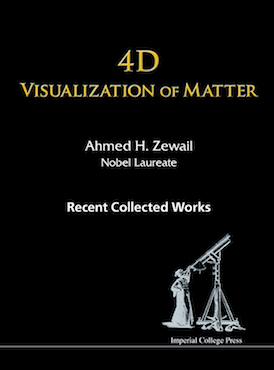
- Description
- About the Author
-
Ever since the beginning of mankind's efforts to pursue a scientific inquiry into the laws of nature, visualisation of the very distant and the very small has been paramount. The examples are numerous. A century ago, the atom appeared mysterious, a “raisin or plum pie of no structure,” until it was visualized on the appropriate length and time scales. Similarly, with telescopic observations, a central dogma of the cosmos was changed and complexity yielded to simplicity of the heliocentric structure and motion in our solar system.
For matter, in over a century of developments, major advances have been made to explore the inner microscopic structures and dynamics. These advances have benefited many fields of endeavor, but visualisation was incomplete; it was limited either to the 3D spatial structure or to the 1D temporal evolution. However, in systems with myriads of atoms, 4D spatiotemporal visualisation is essential for dissecting their complexity. The biological world is rich with examples, and many molecular diseases cannot be fully understood without such direct visualization, as, for example, in the case of Alzheimer's and Parkinson's. The same is true for phenomena in materials science, chemistry, and nanoscience.
This anthology is an account of the collected works that have emerged over the past decade from Caltech. Through recent publications, the volume provides overviews of the principles, the electron-based techniques, and the applications made. Thanks to advances in imaging principles and technology, it is now possible with 4D electron microscopy to reach ten orders of magnitude improvement in time resolution while simultaneously conserving the atomic spatial resolution in visualisation. This is certainly a long way from Robert Hooke's microscopy, which was recorded in his 1665 masterpiece Micrographia.
-
Ahmed Zewail is the Linus Pauling Chair professor of chemistry and physics, and director of the Center for Physical Biology at Caltech. He is the sole recipient of the 1999 Nobel Prize for the development of the field of Femtochemistry.
He has published some 600 articles and 14 books and is known for his effective public lectures and writings, not only on science but also in global affairs. In 2009, President Barack Obama appointed him to the Council of Advisors on Science and Technology, and in the same year he was named the first U.S. Science Envoy to the Middle East.
Cover Type: Hardcover, Paperback
Page Count: 428
Year Published: 2014
Language: English
